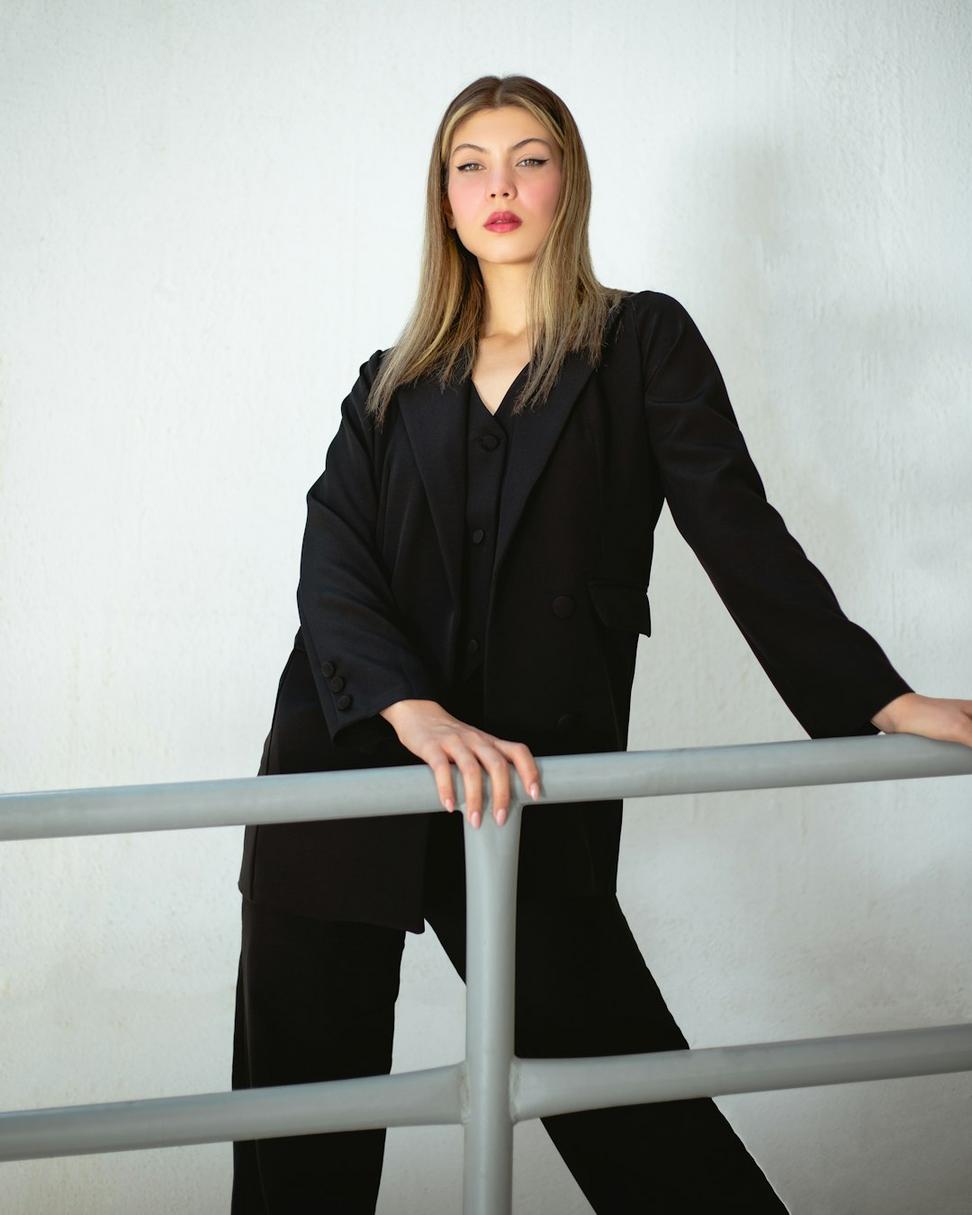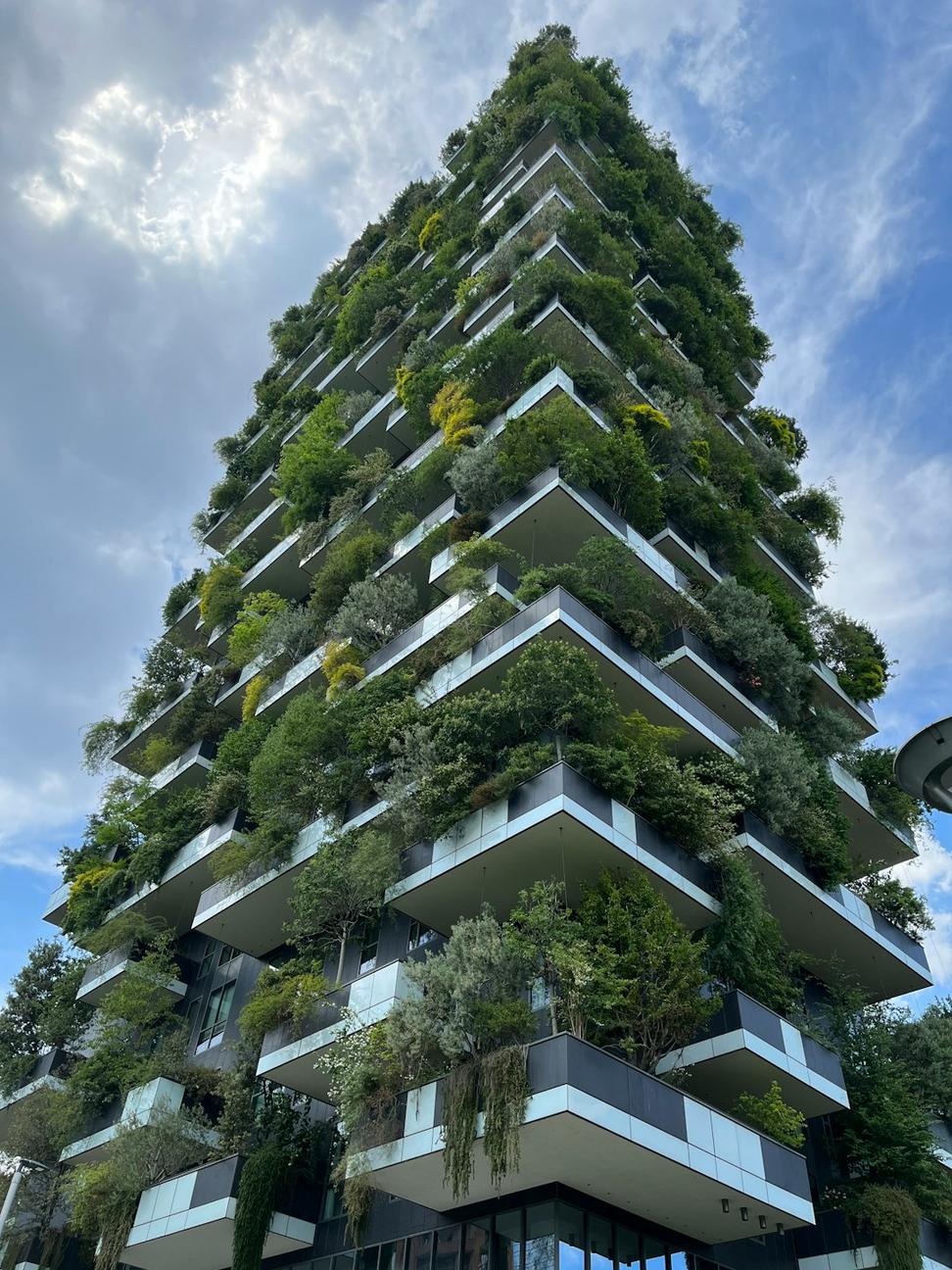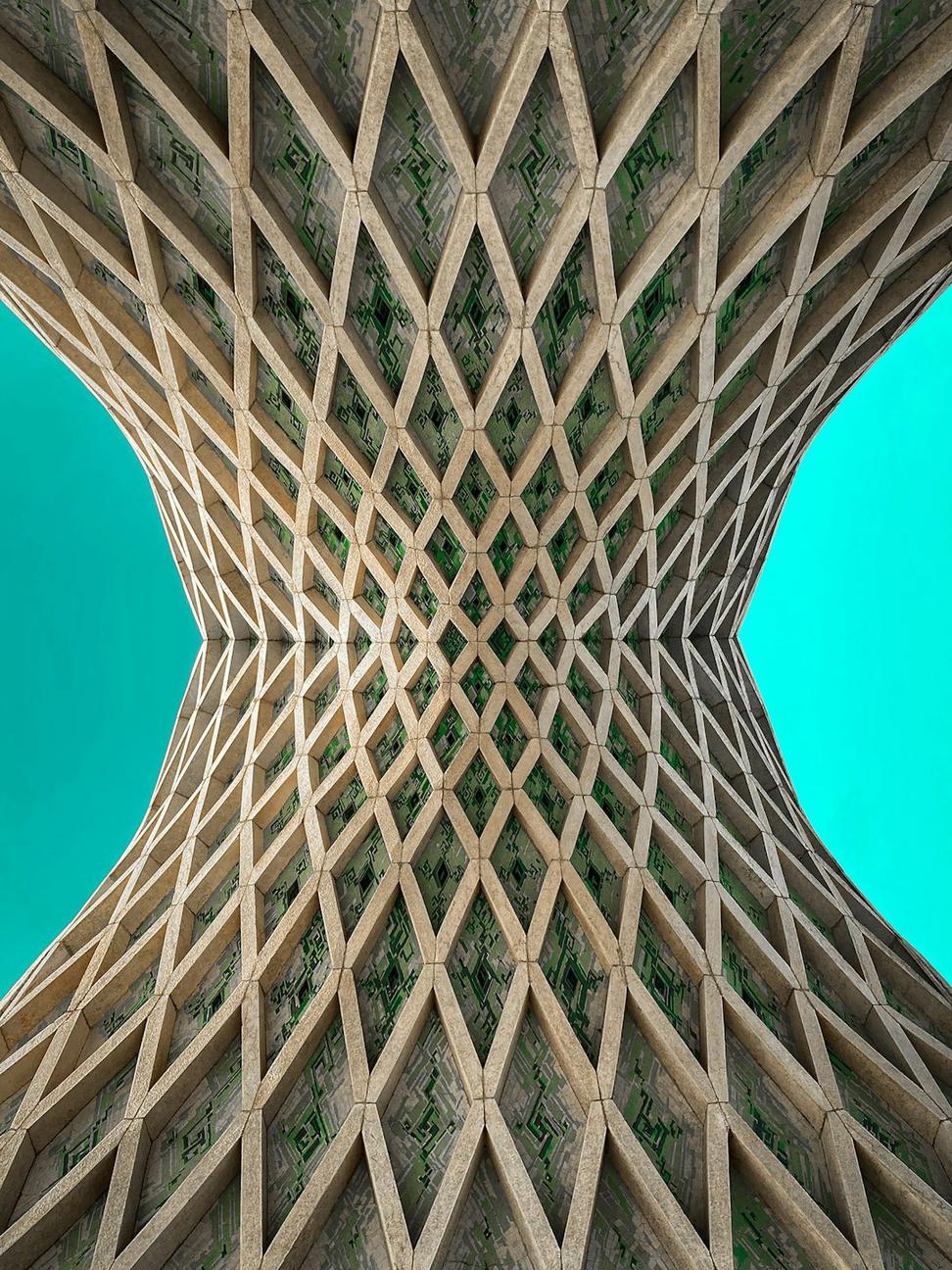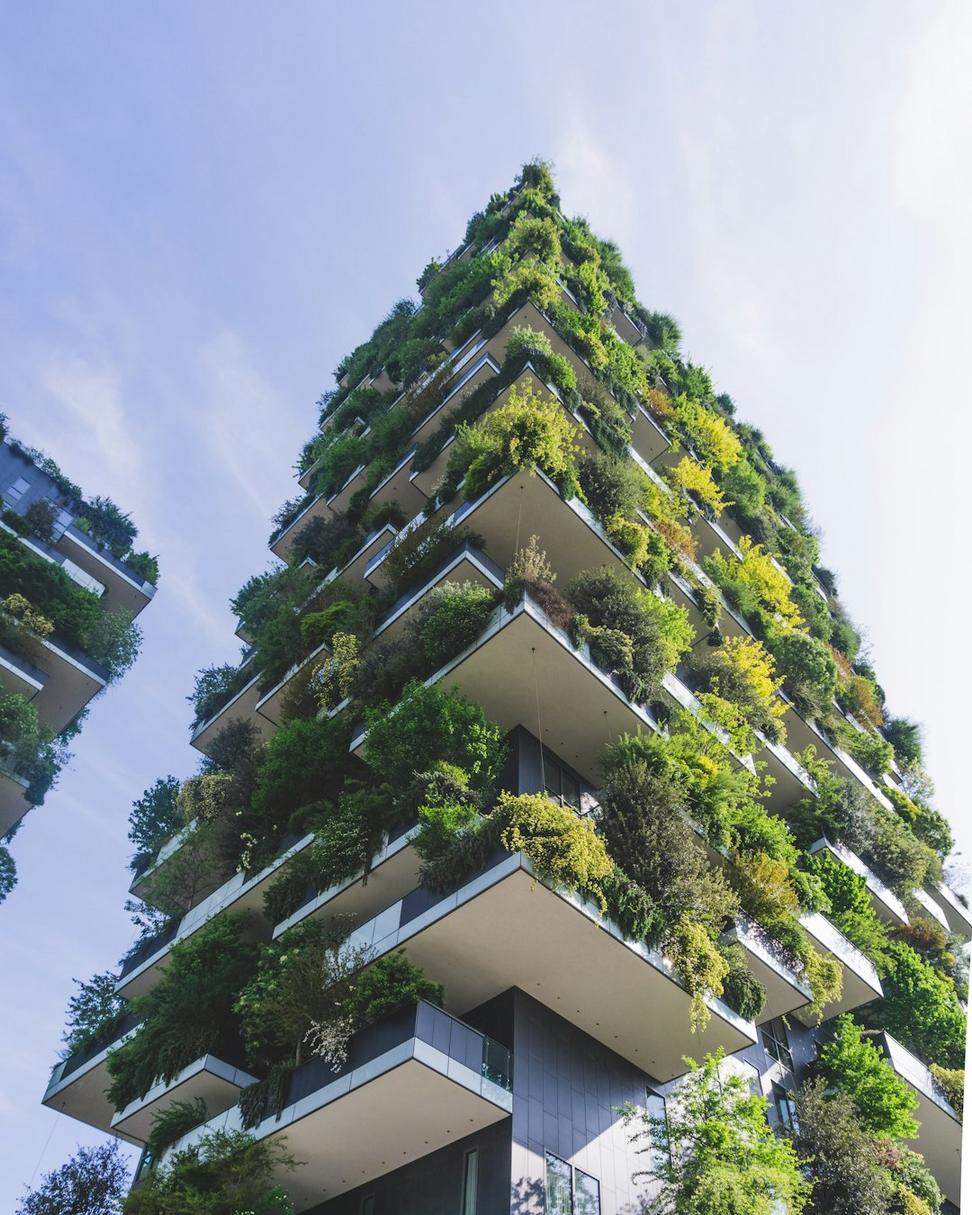
Jade Quintavorn
Principal Architect
M.Arch, LEED AP, AIBC
Based in Vancouver, BC
How I Got Here
Look, I didn't start out wanting to be an architect. Actually spent my early twenties thinking I'd become a landscape designer - was obsessed with how plants and terrain shaped the way people moved through spaces.
But there was this moment during a project in the Gulf Islands where I realized something. We'd designed this gorgeous garden, but the house itself? Total disconnect. The windows faced the wrong way, the materials clashed with the environment, and honestly the whole thing felt like it was fighting against the land instead of sitting comfortably on it.
That's when it clicked for me. You can't separate a building from its surroundings - they're part of the same conversation. So I went back to school, got my architecture degree, and spent the next few years working on projects that frankly left me pretty frustrated. Too much focus on making statements, not enough on making homes that actually worked for the people living in them.
My Philosophy (Without the Fancy Words)
Here's what I believe: a house shouldn't feel like it just landed there from outer space. It should grow from its site - responding to the light, the wind, the trees, the topography. All of it.
I've seen too many "sustainable" projects that slap some solar panels on a conventional design and call it a day. That's not what we're doing here. Real sustainability means thinking about how a building sits on the land, how it uses natural light and airflow, what materials make sense for the local climate, and yeah - whether it'll still feel right in twenty years.
My clients usually come to me because they're tired of cookie-cutter solutions. They want something that fits their life, not someone else's idea of what their life should look like. And that's exactly the kind of work that gets me out of bed in the morning.
The Vancouver Context
Working in Vancouver's pretty special, honestly. We've got this incredible natural setting - mountains, ocean, forests - but we're also dealing with real urban density challenges. Housing affordability, climate concerns, aging building stock. It's complicated.
What I love about residential work here is that people genuinely care about their impact. They're thinking about energy use, they're interested in local materials, and they get that good design isn't just about aesthetics - it's about creating spaces that support how they actually want to live.
The West Coast climate gives us some great opportunities too. We can work with natural ventilation for a good chunk of the year, we've got consistent light patterns to design around, and when you orient a building properly, you can seriously reduce your heating and cooling loads without any fancy technology.


How We Work Together
I'm not gonna pretend I have all the answers from day one. The first few meetings? That's me asking a ton of questions and probably scribbling terrible sketches while you talk. I need to understand how you move through your day, what frustrates you about typical floor plans, what you dream about when you think about home.
Then I'll visit your site - multiple times, different times of day if possible. I want to see where the morning light hits, where water collects when it rains, which views matter and which ones don't. Your neighbors might think I'm weird for standing in your yard at 7am taking notes, but that's part of the deal.
The design process is collaborative, sometimes messy, and honestly pretty iterative. I'll show you options, we'll talk through trade-offs, you'll tell me what feels right and what doesn't. Some architects get precious about their vision - I'd rather create something you'll love living in than win some design award for a house that doesn't actually work for your life.
What Sets This Practice Apart
- Site analysis actually drives design decisions (not the other way around)
- We're sizing systems based on actual needs, not just maximizing everything
- Material choices consider regional climate and local sourcing
- Details matter - how water drains, how air moves, how light enters throughout the seasons
- I'll tell you when something doesn't make sense, even if you really want it
- Budget conversations happen early and honestly
- Drawings you can actually understand (no one needs another set of incomprehensible blueprints)
Beyond the Drawing Board
When I'm not working on projects, you'll probably find me hiking somewhere in the North Shore mountains or poking around salvage yards looking for interesting materials. I've also been known to spend embarrassing amounts of time photographing how light hits different surfaces throughout the day - my friends think it's weird but it's genuinely helpful for understanding how spaces feel.
I teach a workshop on sustainable residential design at the local architecture center a few times a year. It's mostly me ranting about common mistakes I see in the industry and showing people that good design doesn't have to cost more - it just requires thinking things through properly from the start.
Also volunteer with a housing advocacy group working on making sustainable building practices more accessible across different price points. Because honestly, environmental responsibility shouldn't be a luxury amenity - it should be standard practice.
Let's Talk About Your Project
If this approach sounds like what you're looking for, let's have a conversation. No pressure, no sales pitch - just an honest discussion about whether we're a good fit for working together.
Get In Touch